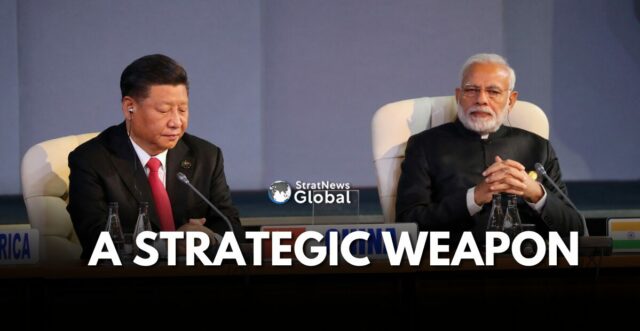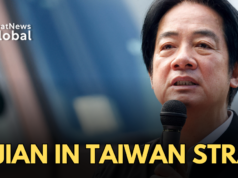A year-old study by a doctoral student in Hong Kong has thrown light on an interesting point: does India’s manufacturing sector pose a challenge to China? Gao Xirui, is known for his work on China-India relations and their strategic implications. He argues that India’s rapid development and manufacturing growth present significant challenges to China’s strategic interests.
The theme is taken up by Prof B R Deepak, a China scholar at Jawaharlal Nehru University. Writing in The Sunday Guardian, Deepak notes that when he took up the study with scholars at various think tanks in China, they dismissed it, arguing that “the article doesn’t reflect mainstream viewpoint” in China.
Nevertheless, Deepak notes that the study has been carried by other Chinese websites including that of the Yunnan Academy of Social Sciences, and Guancha.cn, a Shanghai-based private news site owned by Stanford graduate and venture capitalist Eric Li.
Gao, Deepak writes, makes two points: India’s embrace of the US is done with a eye on China; second India-Japan cooperation under the rubric of the Indo-Pacific, also has implications for Beijing. Add to that India’s manufacturing sector, which while not posing a serious challenge to China even if it rises completely, has security implications if it continues to post robust growth.
India’s rise as a global manufacturing hub threatens China’s dominance. Strategic partnerships, particularly with Western countries, has enhanced India’s manufacturing capabilities.
The Indian government’s policies and incentives have boosted the manufacturing sector, helping shift global supply chains away from China. Technological advancements and a skilled workforce have increased India’s influence, with profound geopolitical implications and potential regional power shifts.
In fact, the rise of India’s manufacturing sector is described as a “black swan” event in China. Read along with the implications of China’s demographic crisis, debt and decoupling, it points to lower economic growth potentially threatening economic stability.
Of course, the gap between India and China is vast. China added more than $4 trillion to its manufacturing value in 2021, while India notched up only $443.9 billion. But this gap could diminish if Delhi accelerates the manufacturing push with the proper reforms.
Bali points to another Gao reference, that China needs low-tech employment heavy industry even today. But if this starts moving to Vietnam, Bangladesh, India or even Mexico, it means China has been “partially replaced” and it is no longer the “world’s factory”.
Gao believes that if India’s manufacturing rise is seen only in economic terms, and its security and military attributes are ignored, “it would be a misjudgement”.
Prof Deepak refers to an article he had written earlier this year titled How China Perceives India’s Rise, where he had quoted blogger Li Guangman who argues that China should not assist other countries in accelerating their development in transportation, electricity, steel, agriculture, photovoltaics, and other infrastructure and industrial chains for short-term economic gains.
China scholars tend to focus more on India’s grand strategy and foreign policy and rarely at the impact of manufacturing. India’s economic strategy has driven the rise of its manufacturing industry and served its national security.
The focus on manufacturing plays into India’s current strategy: “Engage America, Manage China, Cultivate Europe, Reassure Russia, Get Japan into the play and expand the neighbourhood.”
In this matrix, Deepak writes, Gao does not believe the US is India’s ally given the asymmetrical relationship. But India sees a need to use the US to maximise its benefits and minimise its costs. This has implications when viewed in the light of US efforts to “create instability, even a limited war around China so as to effect capital withdrawal from China.”
Any capital flight from China is bound to help India. Add to that, India’s push to establish a semiconductor industry with help from Taiwan, has generated insecurity in the mainland. With India increasingly viewed from Beijing as a strategic rival, there will be a need to calibrate short-term and long-term policies.
Research Associate at StratNewsGlobal, A keen observer of #China and Foreign Affairs. Writer, Weibo Trends, Analyst.
Twitter: @resham_sng





